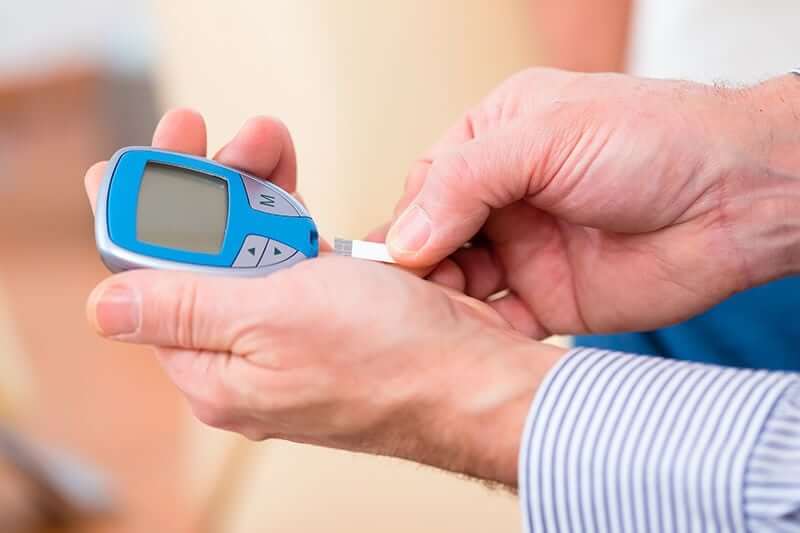Periodontal disease is a “chronic inflammatory disease caused by bacterial colonization that affects the soft and hard structures that support the teeth.” Approximately 90% of the worldwide population has gingivitis, the mild form of periodontal disease and 50% of Americans over the age of 30 have the more advanced form called periodontal disease. The start of periodontal disease is when the gums are red, swollen and easily bleed. This is gingivitis. If gingivitis goes untreated, it can turn into periodontal disease, the more severe form. The gums start to pull away from the teeth and pockets develop. These pockets can become infected which will destroy the gums, bone, jaw and teeth. Bad breath can become chronic and your teeth may begin to shift in your mouth and loosen. Tooth loss is the result if gum disease is not treated.
A new study showed a high link between stroke risk and gum disease. Gum disease and heart issues, especially heart attack, have already been well established but stroke has now been added to the list. People with diabetes have a higher probability of gum disease and heart disease when blood sugars are not controlled. Bacteria from the mouth travels through the blood stream to the heart. This bacterium causes inflammation which raises the risk of heart disease and stroke. Gum disease releases inflammatory proteins that irritate blood vessels which increase plaque buildup and blood sugars. Severe gum disease is now a known cause for lung and colorectal cancer as well as Alzheimer’s. Find out why diabetes impacts your entire body including your mouth, gums and teeth and what you can do for better over-all oral health care.
Saliva Production and Dry Mouth
 When blood sugars are out of control, glucose builds up in your saliva and saliva production slows. Less saliva can lead to dry mouth which is a very common problem with diabetes. Other causes of dry mouth are aging, stress and nervousness, medications, radiation/chemotherapy, smoking and autoimmune diseases. Dry mouth, known as xerostomia, can lead to mouth infections, cracked lips, sores in the corner of the mouth, general mouth soreness, ulcers and tooth decay. Dry mouth causes tissues to become more inflamed and increases the rate of infection in your mouth. Saliva contains enzymes that aid in digestion, limit bacterial growth and neutralize acids. Saliva prevents tooth decay by washing away food from teeth and gums. Dry mouth may make it more difficult to eat, drink, swallow or speak.
When blood sugars are out of control, glucose builds up in your saliva and saliva production slows. Less saliva can lead to dry mouth which is a very common problem with diabetes. Other causes of dry mouth are aging, stress and nervousness, medications, radiation/chemotherapy, smoking and autoimmune diseases. Dry mouth, known as xerostomia, can lead to mouth infections, cracked lips, sores in the corner of the mouth, general mouth soreness, ulcers and tooth decay. Dry mouth causes tissues to become more inflamed and increases the rate of infection in your mouth. Saliva contains enzymes that aid in digestion, limit bacterial growth and neutralize acids. Saliva prevents tooth decay by washing away food from teeth and gums. Dry mouth may make it more difficult to eat, drink, swallow or speak.
What To Do For Dry Mouth?
The best way to control dry mouth when you have diabetes is to achieve excellent blood sugar control. One remedy is to try the Epic Xylitol Allday Dry Mouth Spray which may provide long lasting relief from dry mouth. Other remedies are to avoid alcohol, carbonated beverages, smoking and caffeine. Avoid foods that are spicy or salty. Eat foods that require a lot of chewing, such as carrots and celery which will stimulate saliva production. Chew sugar-free gum with Xylitol after meals to increase saliva and remove debris from teeth. Sip on cold water or eat ice chips through out the day. Suck on sugar-free hard candies to stimulate saliva production. Consider using a mouth rinse, mouth wash or toothpaste called Biotene, which will stimulate the production of saliva. Talk to your dentist if you are still suffering from dry mouth after these suggestions.
What is Burning Mouth?
Burning mouth is related to dry mouth and is an oral condition that can affect one’s general mental health due to chronic discomfort and pain. Burning mouth can be caused by diabetes, dentures, dental procedures, GERD, allergies and medications. It affects the roof of the mouth, tongue, gums, lips, and inside of the cheeks. Luckily, burning mouth is not a common condition. Thrush can also be a cause of burning mouth. Thrush is a fungus, which can occur after taking high doses of antibiotics, due to an illness, related to certain medications, wearing ill-fitting dentures or from having a weakened immune system. It also feeds on high levels of sugar in the saliva, especially when blood sugars are out of control due to diabetes. White patches appear in the mouth and tongue and the diagnosis is usually made with a scraping of the white patch. Anti-fungal medications are used to treat thrush in the form of a tablet, lozenge or mouthwash.
What Can You Do for Burning Mouth?
Many of the remedies are like those used for dry mouth. There are oral rinses with lidocaine prescribed by your dentist which will numb the mouth. You may require anti-depressants, cognitive behavioral therapy or talk therapy. Avoid foods with acid, alcohol, tobacco, foods with mint or cinnamon or spicy foods. Try to use toothpaste for sensitive teeth and mouths.
Tooth Decay
Diabetes, especially when out of control, leads to more tooth decay and cavities. The added glucose, from diabetes, in the mouth interacts with bacteria. Bacteria occurs naturally in the mouth. Plaque is formed from sugars and starches from foods (the more sugar eaten the more plaque is formed) and liquids which then mix with acids made from bacteria. The combination attacks tooth enamel and can lead to cavities. Acids from foods and beverages attack teeth for the first 20 minutes after eating which can also destroy the enamel. A cavity results when the decay has eaten through the enamel.
What Strengthens Tooth Enamel?

Gingivitis and Eventual Periodontal Disease
With elevated blood sugars, your body’s ability to fight infections decrease since your white blood cells can’t function efficiently. This leads to gum inflammation and infections. The beginning stage is called gingivitis and can be reversed with proper mouth care. The more serious disease is periodontal disease which results in soft tissue damage along with bone loss that supports the teeth. Not treating this results in eventual tooth loss. Plaque forms from mucus, bacteria and other particles which remain stuck to the gums and teeth if not removed. Plaque that is not removed becomes tartar which does not come off with brushing. This starts the gum disease process. The body’s response is to breakdown the bone and connective tissue that holds teeth in place. No treatment eventually equates to tooth loss. Besides diabetes, smoking (interferes with gum tissue cells), hormonal changes, AIDS, medications and genetics play a part. Gum disease usually presents in the 30s-40s and your chances increase as you age.
What Can You Do About Gum Disease?
Talk to your dentist and be prepared to visit a periodontist, who is a gum specialist. They will take X-rays to evaluate bone loss. The dental hygienist will use a probe to examine the “pocket” depth that surround your teeth. When gums recede, they do not grow back. 1-3 millimeters are normal pocket depth and deeper pockets indicate gum disease. Many dental professionals, “determine severe gum disease when 2 or more teeth have pockets at 6 millimeters with an adjacent tooth measuring at 5 millimeters”.
Treatments for Periodontal Disease
The first method most commonly used for periodontal disease is called scaling and root planing. Dental scaling is done with manual tools and an ultrasonic instrument. Root planing involves “detailed scaling of the root surface to decrease inflammation of the gum tissue.” This is like deep cleaning. If the disease has progressed, then surgery may be indicated. Oral antibiotics and anti-microbial rinses will follow gum surgery. Laser treatments are sometimes used instead of or in addition to, depending on the condition of your gums.
Ways to Prevent Periodontal Disease

Maintaining a healthy mouth may add 10 years to your life! Since diabetes may make you more prone to periodontal disease and tooth decay, use this information for optimal mouth health. It is easy when you know what to do.
Have a question or comment? Then post below, no registration required. I would love to hear from you!
NOTE: Consult your Doctor first to make sure my recommendations fit your special health needs.












Leave A Comment